Cemetery
Field: Images, Video, and Notes
Artifacts, Identification, Evaluation, Analysis, Interpretation
Trip Feb 13, 2023
Wunder’s Cemetery
3963 N Clark St, Chicago, IL 60613
1:15 to 3:45 pm
Public History - An E McClung Fleming Guided Investigation
Feb 2023 - Present
Cemetery Site Analysis
I pick a location in section 5 of the grounds map. This is the family plot for the Pilgrim Family.
- Friedrich Georg Wilhelm Pilgrim (1836 – 1878)
- Wilhelmina Diener Pilgrim Wagner (1844 – 1936)
- Lillie Wilhelmine Pilgrim (1875 – 1890) Age 15
I picked the Pilgrim Family because of its location and connection to my own German roots in the Chicago area and in Germany. I also picked this spot because it offers a good balance of landscape including a large tree overhead and it is a quiet location away from the road. The Pilgrim family plot is arranged a little differently than others nearby and offers a good (change over time comparison) for materials and weathering. The writing on the granite stone is written in German and offers scripture and other important information.
I took about 200 pictures and I made important videos that include my own narrative of discovery including the monument dimensions, materials used, the finish of the granite stone (polished or clean cut), and details of the tree leaves. I also made 4 sets of dictation oral notes that carefully follow the E. McClung Fleming 5 principles: History, Material, Construction, Design, and Function.
Additionally, I followed the 4 artifact investigation operations: Identification, Evaluation, Cultural Analysis, and Interpretation. I followed Part I: Five properties of the artifact in detail so that I can get an overall concept of the Pilgrim Family during their time in Chicago and how this history connects to our culture and times today. I am still forming my outline and I have completed the basic family history needed for my paper. I’m excited to write my analysis in detail and see what story… this history tells me about this family, Chicago, and cultural changes since the late 1800s.

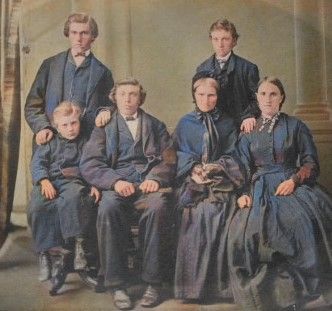







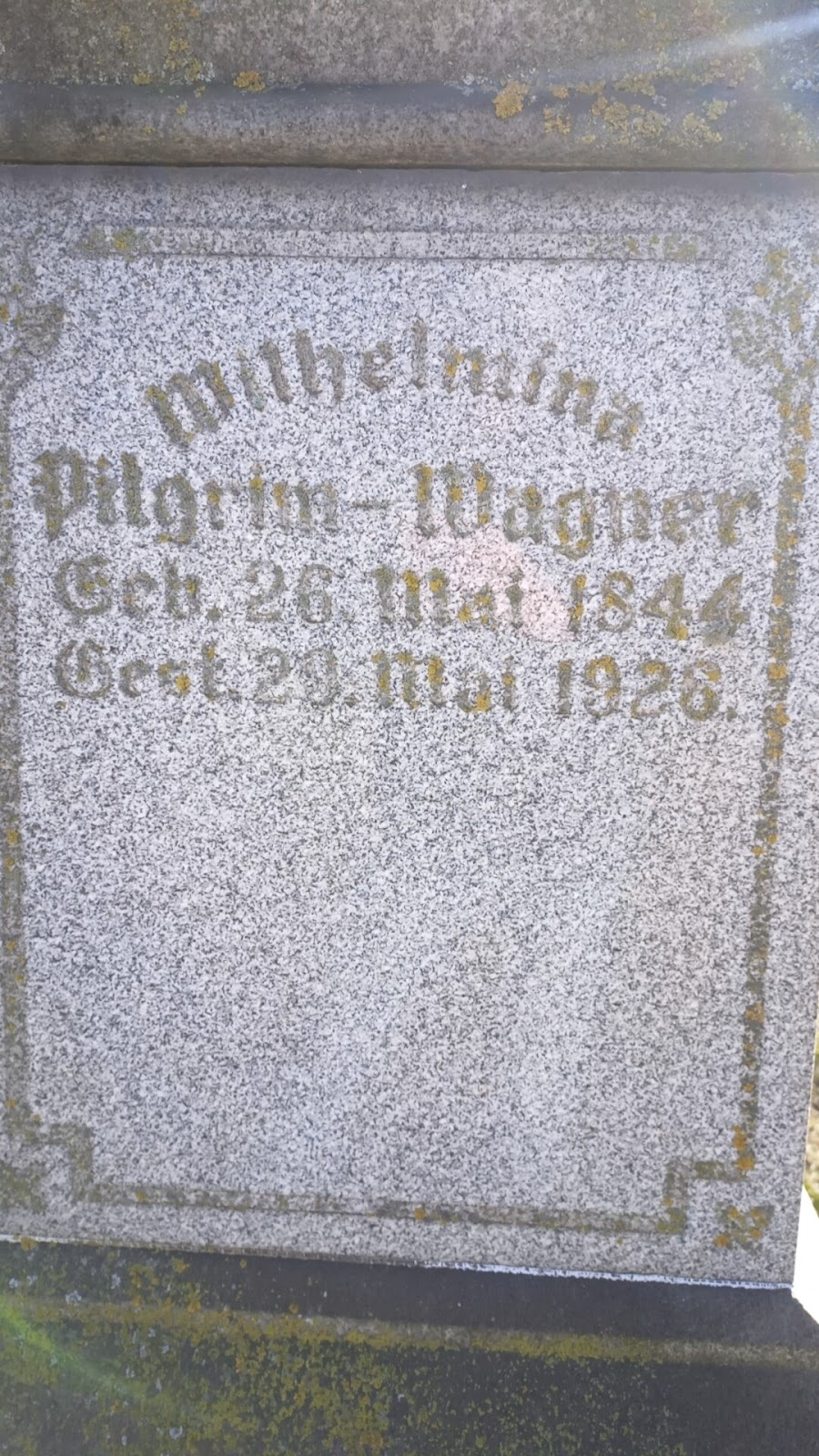


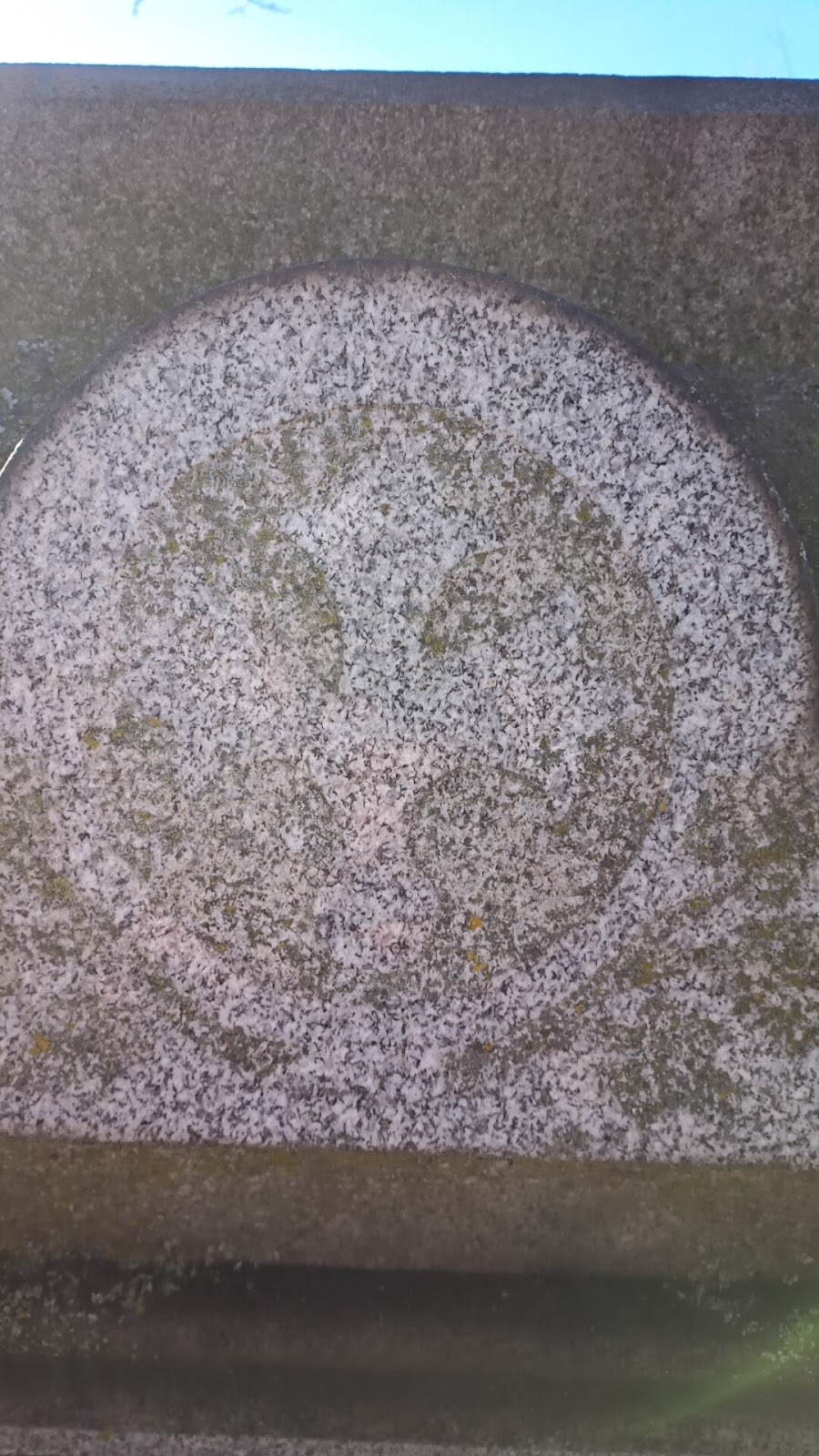
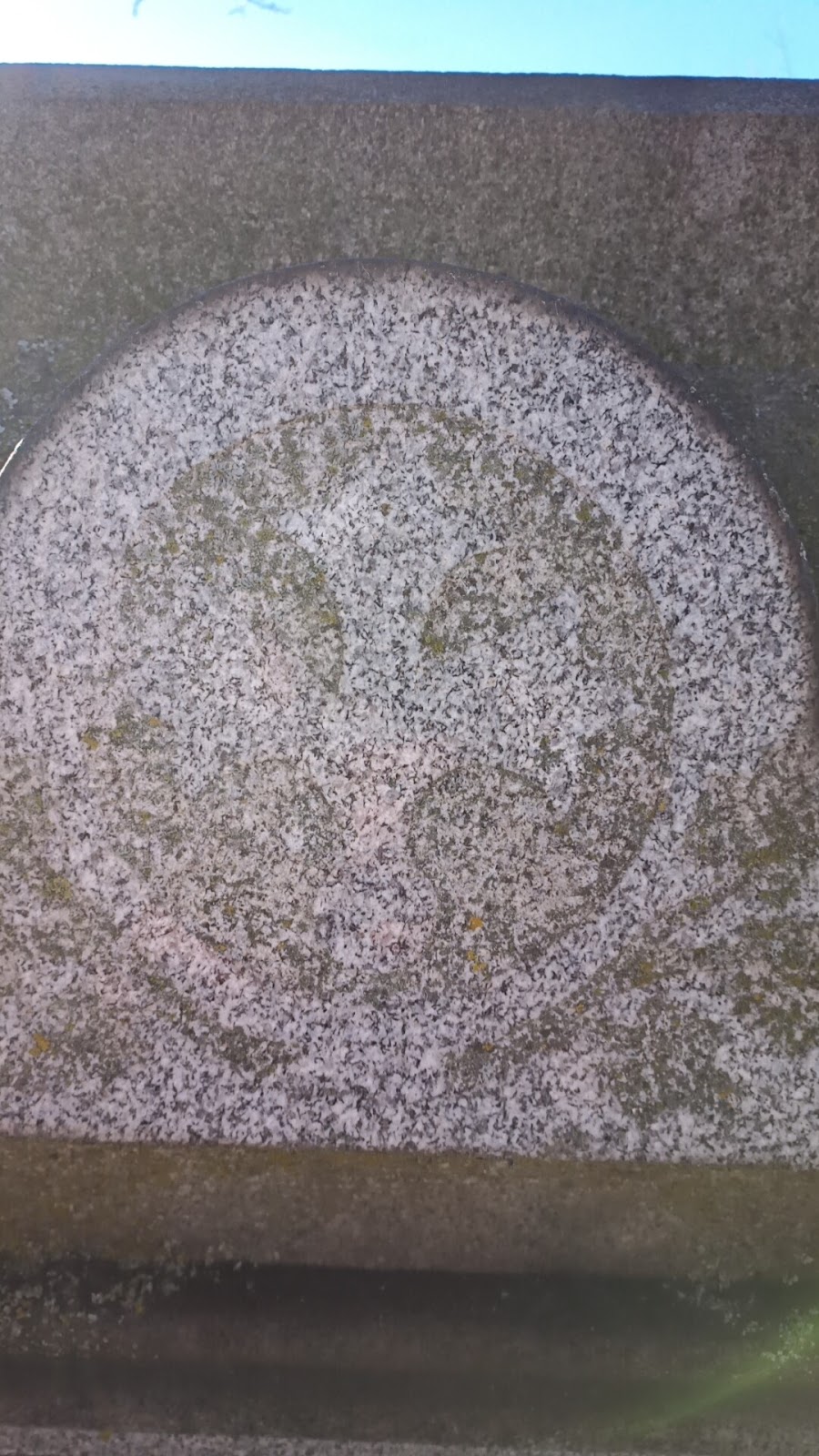

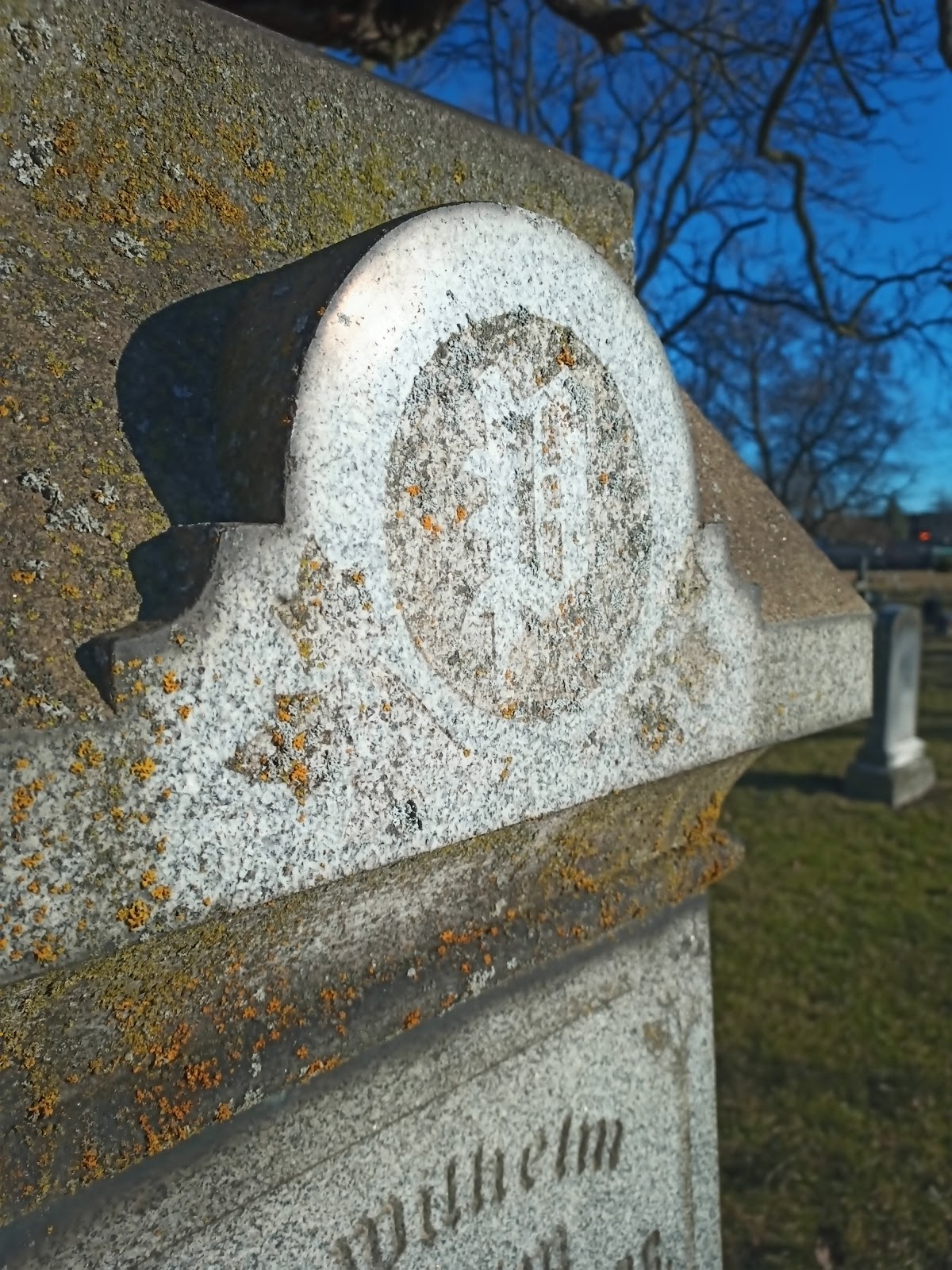






Comments
Post a Comment